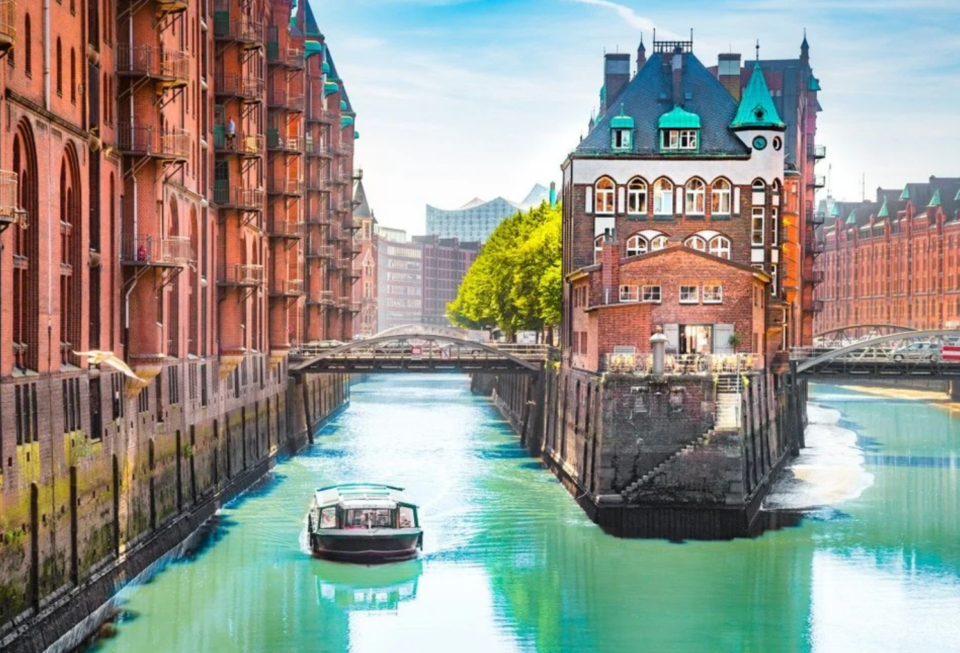Improving the air quality of a large area is not a goal that can be achieved in a day or two, the following cities have maintained good living habits for decades to achieve the honor of becoming “The places with the cleanest air in the world”.
1. Calgary, Canada
Calgary has a fast growth rate and a large population density, but the city still maintains a fresh climate and extremely friendly living environment. If you throw garbage indiscriminately on the street, you will be severely fined, regardless of whether you are a local or a tourist. The Economist ranked Calgary as the 5th most liveable city in the world in 2013 with a score of 96.6 out of 100. 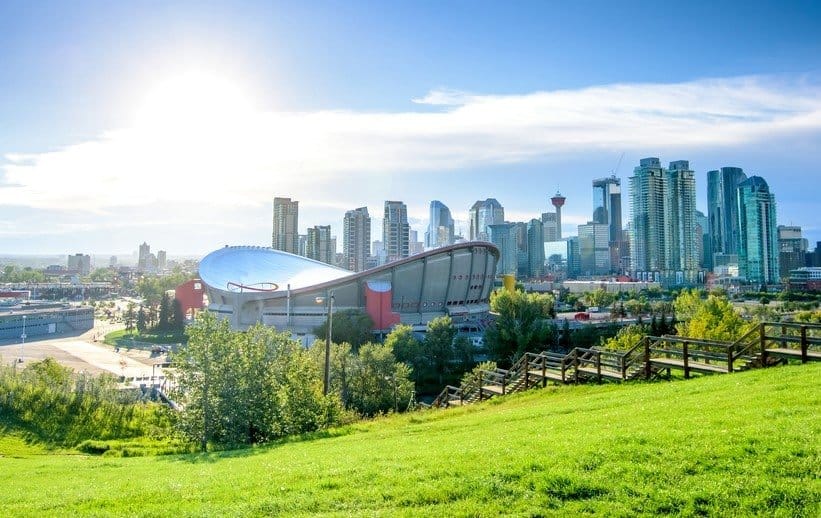 (Image: Shutterstock) With a total green park area of 8,000 hectares and 800 km of walking paths for residents to relax, Calgary is a thriving city filled with green spaces of nature. The city government also proposes financial support for people’s green lifestyle such as using organic products, reducing waste from lunch wrappers.
(Image: Shutterstock) With a total green park area of 8,000 hectares and 800 km of walking paths for residents to relax, Calgary is a thriving city filled with green spaces of nature. The city government also proposes financial support for people’s green lifestyle such as using organic products, reducing waste from lunch wrappers.
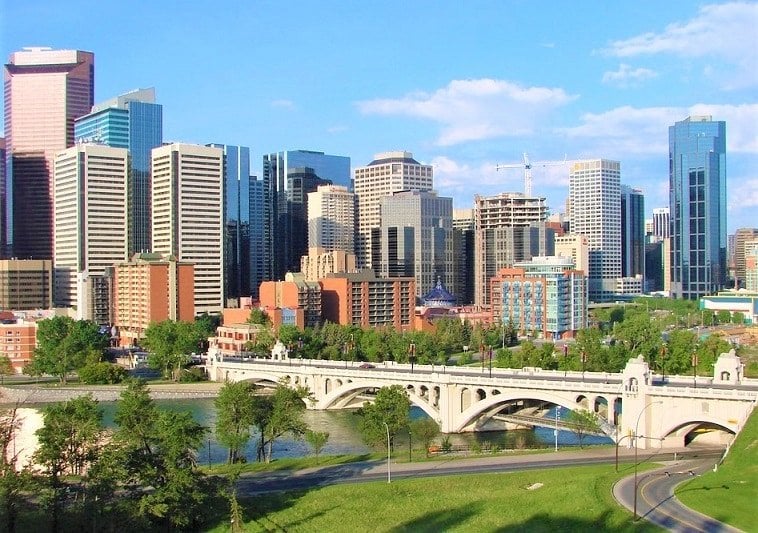 (Image: Pixabay)
(Image: Pixabay)
2. Zurich,
Switzerland The city of Zurich is the main commercial and cultural center of Switzerland (the political capital is Bern), it is considered one of the global cities in the world. According to a survey in 2006, Zurich is the city with the best quality of life in the world.
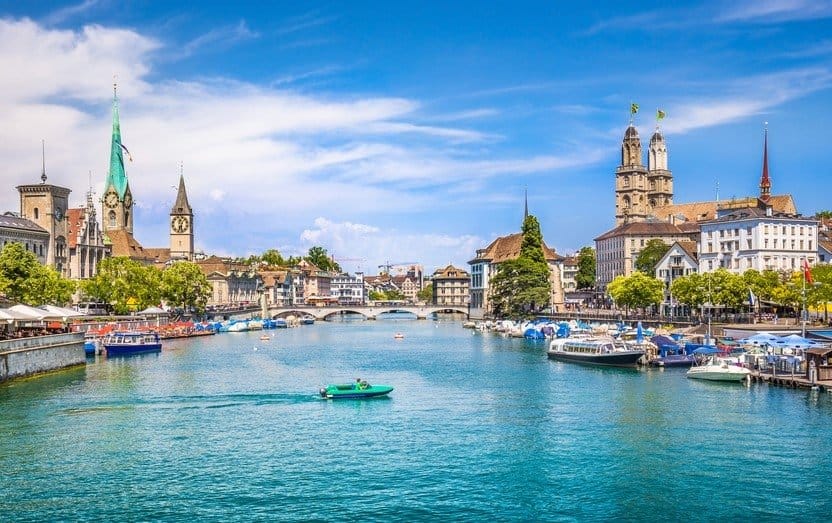
(Image: Shutterstock)
The city of Zurich is located on the North side of Lake Zurich and is bordered by the Limmat River. In Zurich, you can see water everywhere. In addition to rivers, lakes, and canals, Zurich has numerous fountains that provide potable water. People in the city mainly use bicycles or public transport such as trains, buses and subways. The government regularly renews and applies strict waste treatment policies, so people here are very conscious of recycling.
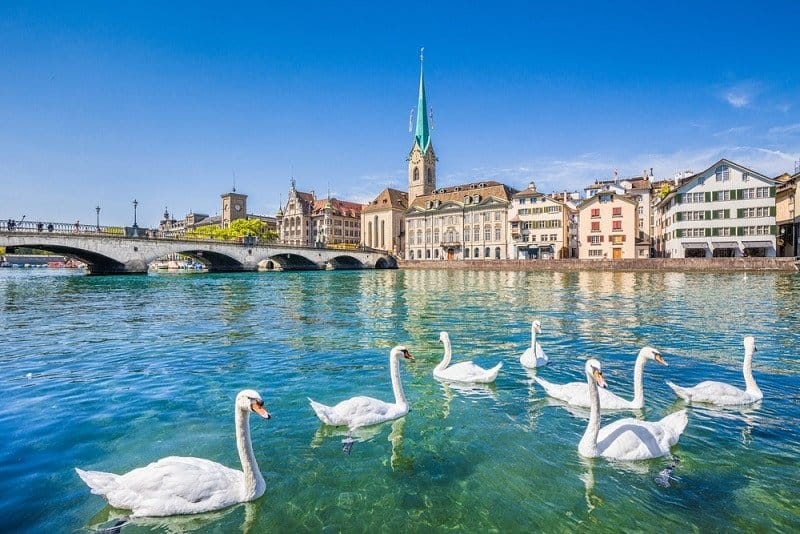
The city has the cleanest air quality in the world. (Image: Shutterstock)
3. Wellington, New Zealand
Thanks to its southernmost location on the North Island, exposed to winds from everywhere through Cook Strait, Wellington is endowed with a cool, windy climate year-round. Coming to Wellington, you will have the opportunity to look at the green rivers and tall trees. It is also home to many wildlife.
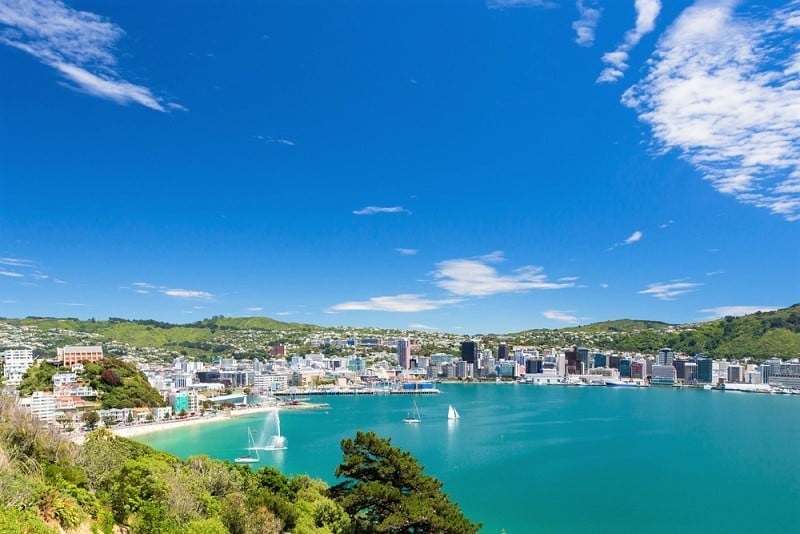
(Image: Shutterstock)
Thanks to the expanded cable car route, the city of Wellington has cut air pollution from car congestion. People are used to living with nature, so they are always self-conscious not to throw garbage indiscriminately, actively limit the use of personal vehicles, plant trees, recycle …
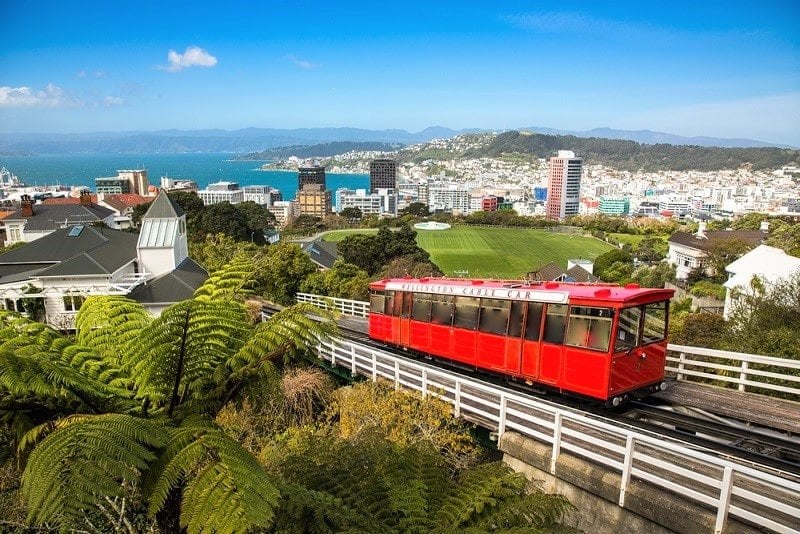
(Image: Shutterstock)
4. Rekyjavik, Iceland
When coming to Rekyjavík, the first point brought to your eyes is the dreamlike clean streets. Even public transport such as buses are also powered by clean hydrogen fuel, gas produced from clean sources. 30 active volcanoes from the past centuries have provided Iceland with free and pollution-free hot water. Geothermal energy accounts for about 90% of the city’s electricity consumption and heating.
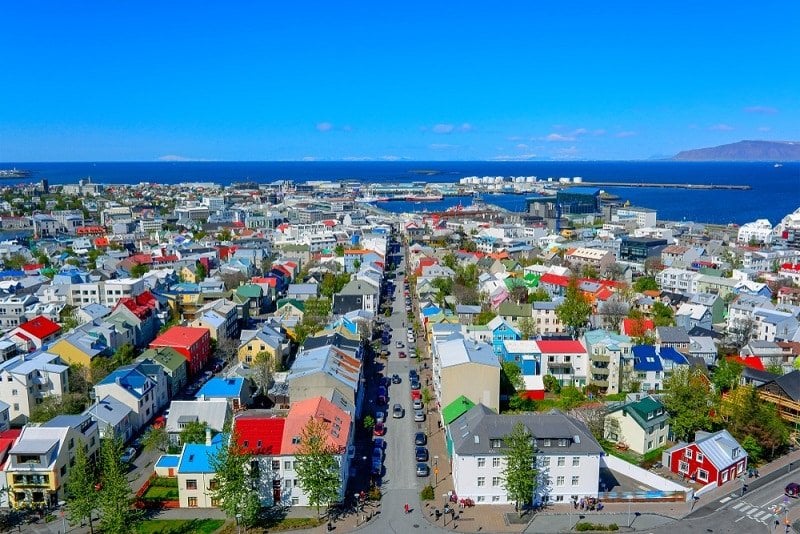
The city has the cleanest air quality in the world. (Image: Shutterstock)
Although at the North Pole of the Atlantic Ocean, Reykjavík is not as cold as one might think, because the weather on the Icelandic coast is moderated by the warm waters of the Gulf. Because of its proximity to the sea, the city suffers from frequent winds and storms in winter. Reykjavík is also very rainy with an average of 213 rainy days per year, with spring having slightly more sunny days.
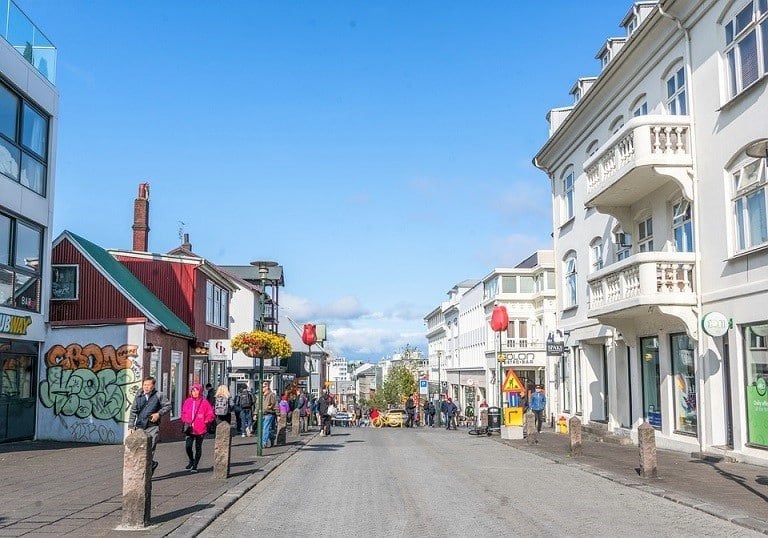
(Image: Pixabay)
5. Honolulu, Hawaii, USA
Honolulu’s climate is cool and warm all year round, making it a favorite destination for many visitors. The Honolulu government has implemented a project to convert 2,000 tons of waste into electrical energy to supply more than 40,000 households, the Pearl City-Bus project uses solar energy to cut energy costs.
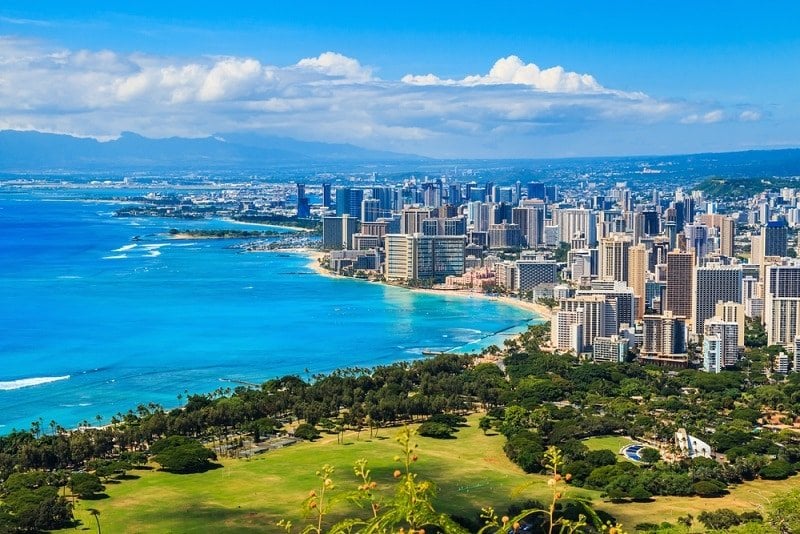
(Image: Shutterstock)
According to the American Lung Association, Hawaii has the cleanest air in the United States. When you come to Honolulu, you can not only immerse yourself in the warm, clean air, but also visit historical sites. The most famous is the battle that went down in world history – Pearl Harbor. The opening battle between Japan and the United States during World War II and the inspiration for many films including the 2001 Michael Bay director Michael Bay’s Pearl Harbor.
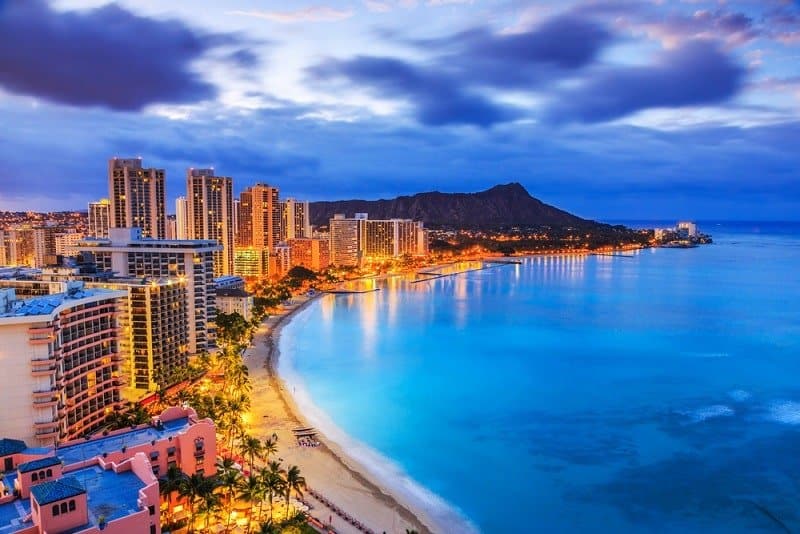
(Image: Shutterstock)
6. Helsinki, Finland
Helsinki (the capital of Finland) is one of the cities with the highest standard of living in the world. In 2011, the British magazine Monocle ranked Helsinki as the most liveable city in the world. Helsinki also ranked 9th in the list of 140 cities with the best standard of living according to the 2016 survey by the Economist Intelligence Unit. The IQ Air report lists the Finnish capital as one of the least polluted cities in the world.
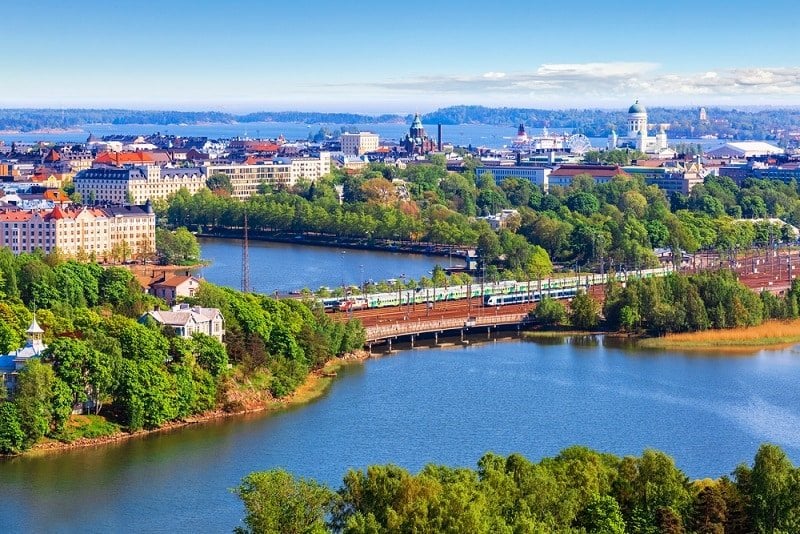
Photo: Shutterstock)
Like many European countries, Finland enjoys a seasonal change, characterized by a warm but brief summer, and a long, snow-covered winter. Helsinki has 36% of the parkland with more than 40 biosphere reserves on an area of 890 hectares. Finland is also actively protecting its coast against the risk of sea level rise and melting ice from the poles.
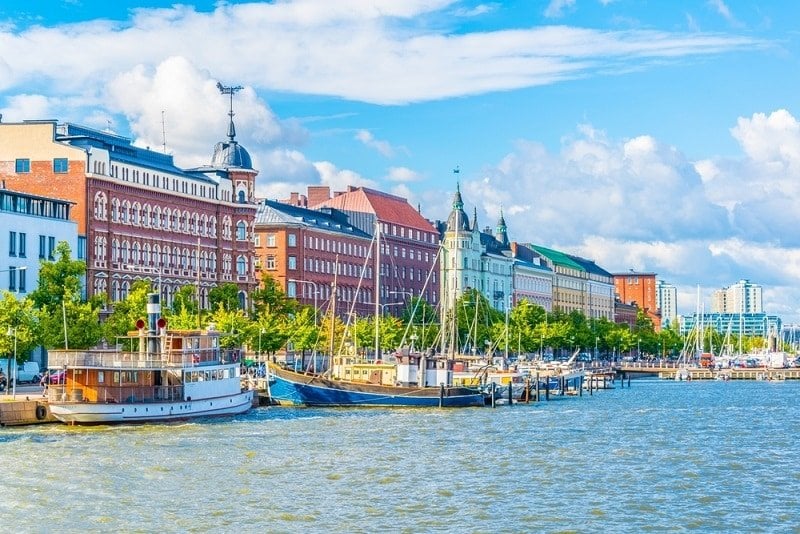
(Image: Shutterstock)
7. Adelaide, Australia
Urban development has damaged the coastline due to erosion, so the Australian government has implemented re-vegetation programs in some of Adelaide’s coastal suburbs. The Adelaide government has implemented a tree planting plan and called for the cooperation of all residents.
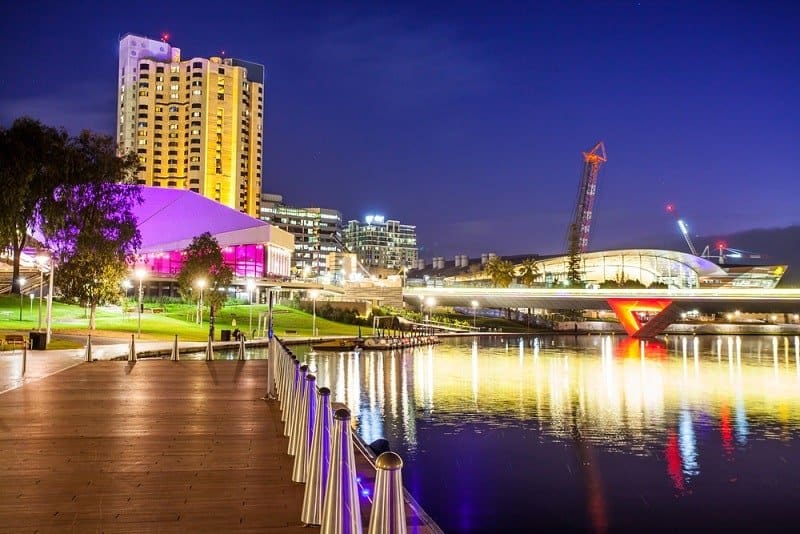
Photo: Shutterstock)
Besides, using solar energy for living is also incorporated into the daily life of the people of this city. Almost half of the energy used in South Australia is renewable, so you don’t have to worry about keeping the air conditioning on and the lights on all day.
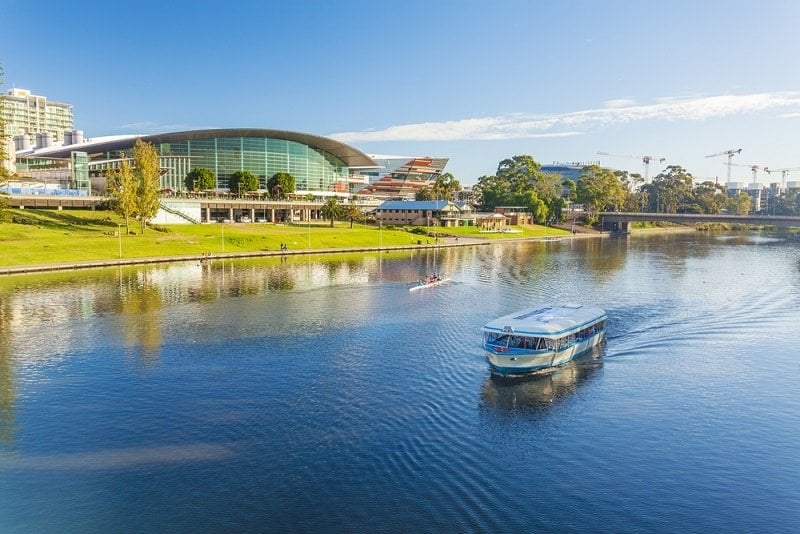
(Image: Shutterstock)
8. Hamburg, Germany
The Außenalster Canal and the Inner Alster Lake are likened to “the green lung of Hamburg”. In the summer, the weather is warm, so people often rent boats to roam on the lake. Going to Hamburger Hafen port you will be able to buy tickets to take a river cruise. Note that you can only board a numbered train, if you board the wrong train, you will have to pay a huge fee. Standing on the train, you will have the opportunity to see the landscape and the activities of the people. Since the typical sightseeing activities of the city are all associated with water, you will feel the freshness as soon as you arrive in Hamburg.
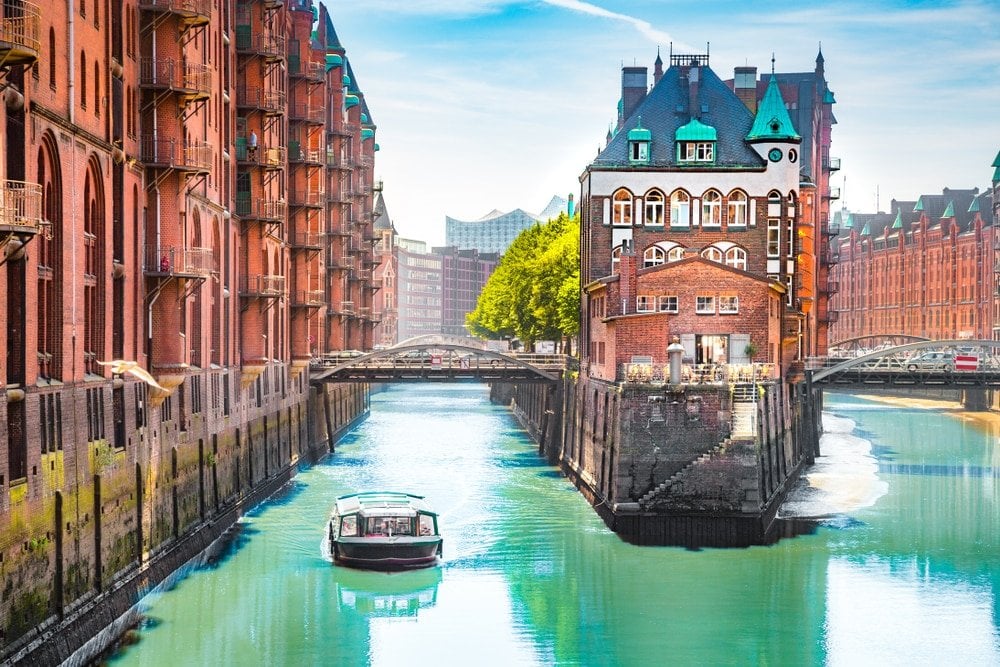
(Image: Shutterstock)
Hamburg is a world leader in the use of green energy. Germany is also running a national campaign to reduce harmful emissions with a goal of reducing it by 40% by 2020.
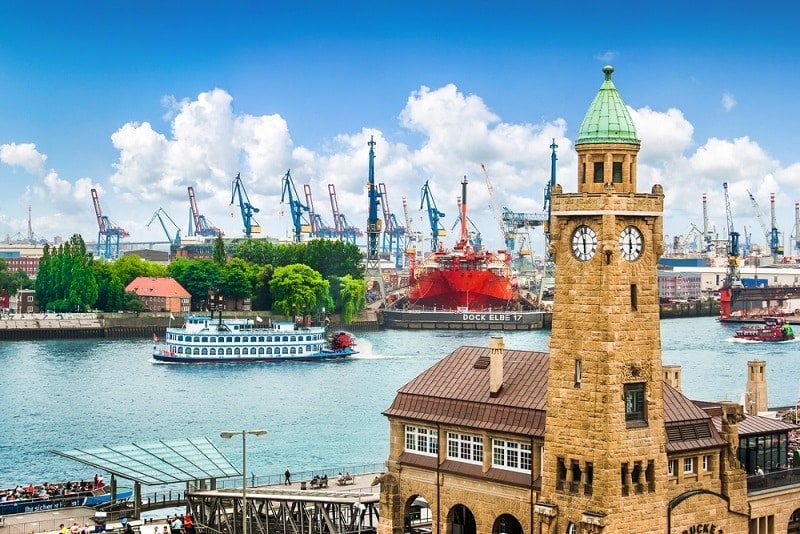 (Image: Shutterstock)
(Image: Shutterstock)


